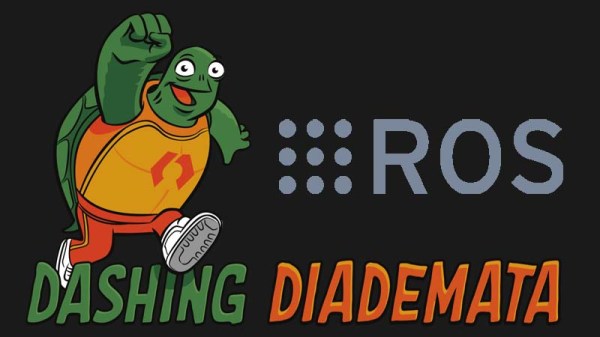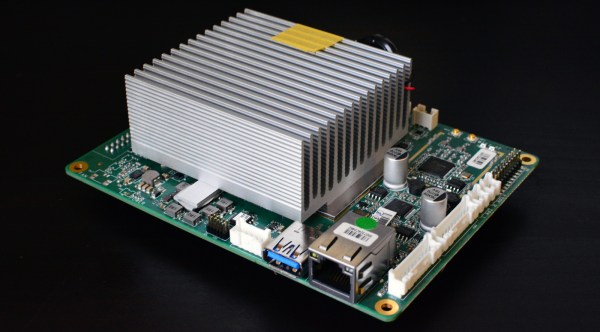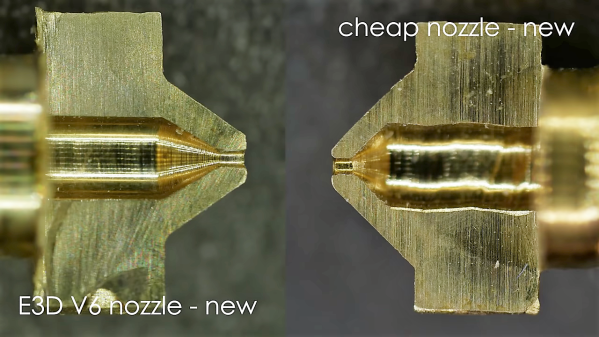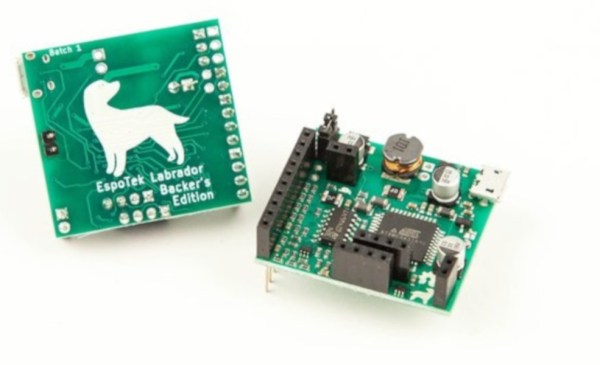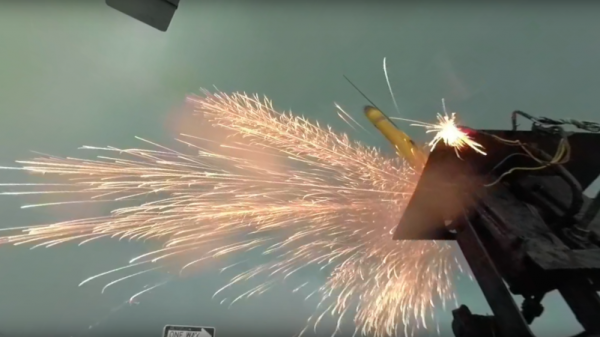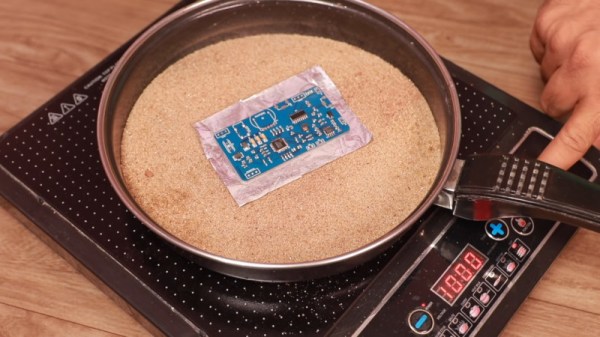A simple robot that performs line-following or obstacle avoidance can fit all of its logic inside a single Arduino sketch. But as a robot’s autonomy increases, its corresponding software gets complicated very quickly. It won’t be long before diagnostic monitoring and logging comes in handy, or the desire to encapsulate feature areas and orchestrate how they work together. This is where tools like the Robot Operating System (ROS) come in, so we don’t have to keep reinventing these same wheels. And Open Robotics just released ROS 2 Dashing Diademata for all of us to use.
ROS is an open source project that’s been underway since 2007 and updated regularly, each named after a turtle species. What makes this one worthy of extra attention? Dashing marks the first longer term support (LTS) release of ROS 2, a refreshed second generation of ROS. All high level concepts stayed the same, meaning almost everything in our ROS orientation guide is still applicable in ROS 2. But there were big changes under the hood reflecting technical advances over the past decade.
ROS was built in an age where a Unix workstation cost thousands of dollars, XML was going to be how we communicate all data online, and an autonomous robot cost more than a high-end luxury car. Now we have $35 Raspberry Pi running Linux, XML has fallen out of favor due to processing overhead, and some autonomous robots are high-end luxury cars. For these and many other reasons, the people of Open Robotics decided it was time to make a clean break from legacy code.
The break has its detractors, as it meant leaving behind the vast library of freely available robot intelligence modules released by researchers over the years. Popular ones were (or will be) ported to ROS 2, and there is a translation bridge sufficient to work with some, but the rest will be left behind. However, this update also resolved many of the deal-breakers preventing adoption outside of research, making ROS more attractive for commercial investment which should bring more robots mainstream.
Judging by responses to the release announcement, there are plenty of people eager to put ROS 2 to work, but it is not the only freshly baked robotics framework around. We just saw Nvidia release their Isaac Robot Engine tailored to make the most of their Jetson hardware.

